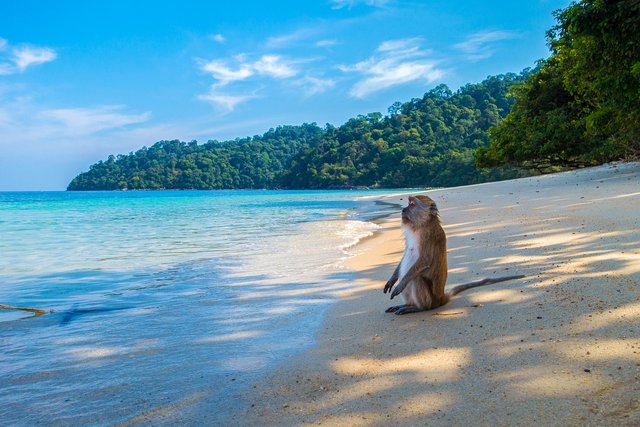The Isle of the Virus Monkeys #2 - Some animals were narcotized up to 500 times
With the Vilab programme, which began in 1974, researchers looked for treatment methods and vaccines against infectious diseases such as hepatitis B and river blindness, which still affect an estimated 20 million people in the tropics today. It is caused by small threadworms and several hundred thousand people go blind as a result of the infection. Hepatitis, on the other hand, can remain symptom-free for a long time, but the affected persons carry the virus in their blood. If they donate the lifeblood, the recipients can also become infected.
For their experiments, Vilab employees infected chimpanzees with the pathogens. "We used them to test the safety and efficacy of hepatitis vaccines, which were only available for a short time at the time," former project manager Betsy Brotman told the Canadian magazine Vice. They had to endure countless liver punctures and blood samples, some of which were narcotized up to 500 times.
But the primates were irreplaceable for the research work. "Chimpanzees are the only species besides humans susceptible to hepatitis, so we had to work with them and could not take mice or other monkey species," explains Brotmann's colleague Preston Marx. "Until 1987, it was a big program with over 100 animals.

To listen to the audio version of this article click on the play image.

Brought to you by @tts. If you find it useful please consider upvoting this reply.
Congratulations @affeeeman! You have completed the following achievement on the Steem blockchain and have been rewarded with new badge(s) :
Click here to view your Board
If you no longer want to receive notifications, reply to this comment with the word
STOPTo support your work, I also upvoted your post!
Do not miss the last post from @steemitboard: